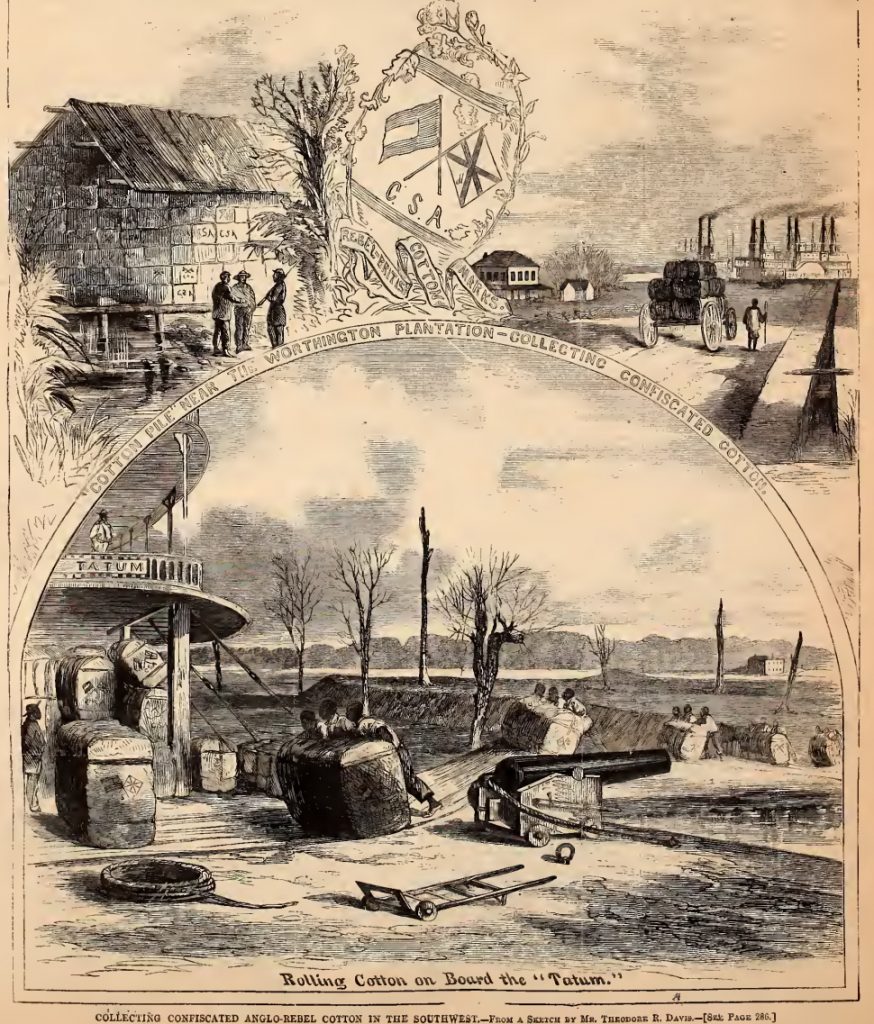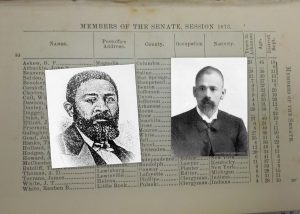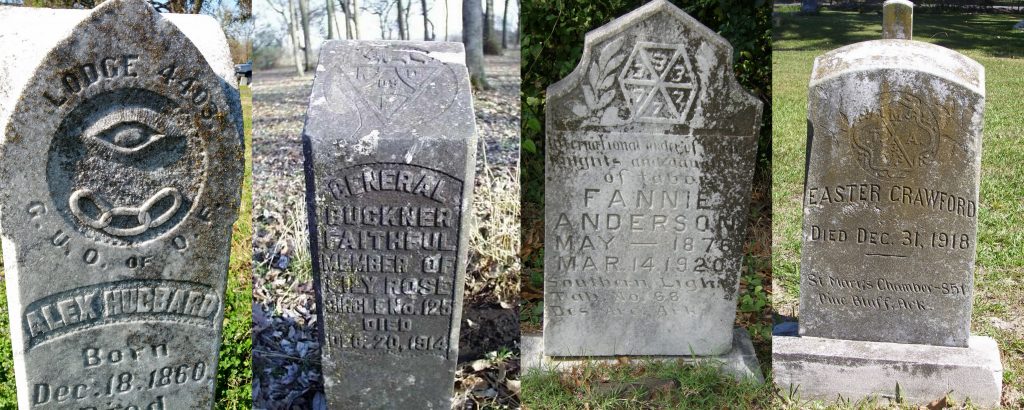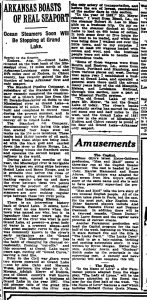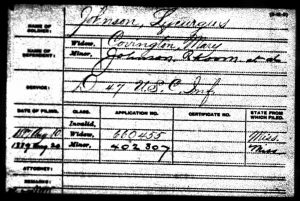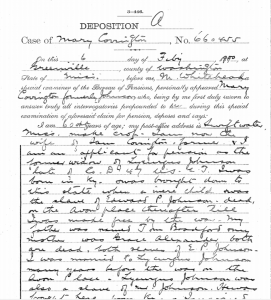Lakeport Plantation to Feature Polk Family Plantations for Lakeport Legacies
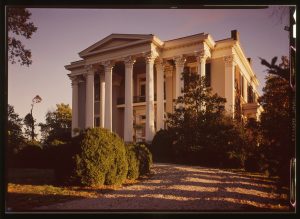
George W. Polk, a Chicot County planter, completed his home, Rattle & Snap, near Columbia, Maury County, TN in 1845. Courtesy Library of Congress
Lakeport Plantation to Feature Polk Family Plantations
9/18//2017
LAKE VILLAGE — “The Polks’ Plantations and the Creation of Cotton Kingdom in the Old South” will be presented by Dr. Kelly Houston Jones in the latest Lakeport Legacies monthly history talk on September 28 at the Lakeport Plantation, 601 Hwy 142, in Lake Village.
The event gets underway at 5:30 p.m. with refreshments and conversation, and the program starts at 6 p.m. The program is free and open to the public. For more information and to Register, contact Dr. Blake Wintory at 870-265-6031.
Jones will discuss her research on the Polk family’s extensive cotton plantations across Tennessee, Mississippi, and Arkansas. The prominent family moved at the center of the historical processes that created King Cotton in the newest parts of the Old South. James K. Polk himself invested in cotton, while his relatives ran cotton plantations in the Mississippi Delta. The Polks’ and their business network represent patterns of cotton investment that characterized the late 1840s and early 1850s and built the slave empire of the Old Southwest.
James K. Polk, who served as president from 1845 to 1849, purchased a plantation in Yalobusha County, Mississippi in 1834. A nephew, William Wilson Polk, owned a large plantation at Walnut Bend in Phillips County, Arkansas and financed his uncle’s presidential run. George W. Polk, a cousin of President James K. Polk, co-owned the Hilliard Plantation on Grand Lake in Chicot County. Polk with his brother-in-law, Isaac Hilliard, owned 151 slaves and 550 acres of improved land in 1850. In 1845, he built a magnificent Greek Revival home near Columbia, TN he named “Rattle and Snap.”
Dr. Jones is an Assistant Professor of History at Austin Peay State University specializing in the history of slavery. She received her Ph.D. from the University of Arkansas in 2014. Her most recent work will appear later this year in Bullets and Fire: Lynching and Authority in Arkansas, 1840-1950, edited by Guy Lancaster.
Lakeport Legacies is a monthly history talk held on the last Thursday at the Lakeport Plantation during the spring and summer. Each month a topic from the Delta region is featured. The Lakeport Plantation is an Arkansas State University Heritage Site. Constructed in 1859, Lakeport is one of Arkansas’s premier historic structures and still retains many of its original finishes and architectural details.
Open to the public since 2007, Lakeport researches and interprets the people and cultures that shaped plantation life in the Mississippi River Delta, focusing on the Antebellum, Civil War and Reconstruction Periods.
Arkansas Heritage Sites at Arkansas State University develops and operates historic properties of regional and national significance in the Arkansas Delta. A-State’s Heritage Sites include the Hemingway-Pfeiffer Museum and Educational Center, Southern Tenant Farmers Museum, Lakeport Plantation, the Historic Dyess Colony: Boyhood Home of Johnny Cash, and the Arkansas State University Museum.
Attached image: George W. Polk, a Chicot County planter, completed his home, Rattle & Snap, near Columbia, Maury County, TN in 1845. Courtesy Library of Congress
###
Press Contact:
Blake Wintory
870.265.6031
Lakeport.astate.edu

